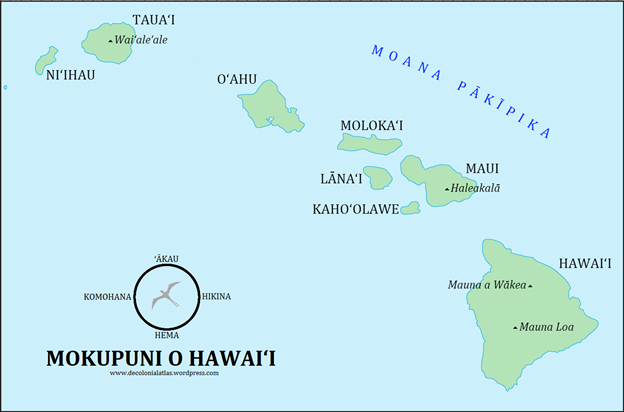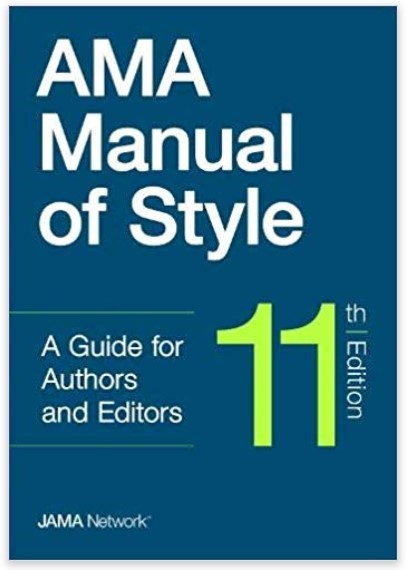Everyone in the business of communication has a responsibility to use and promote the use of clear and accurate language, with words that reflect the world around us. As evidenced by perpetual updates to style manuals, dictionaries, and other resources, nomenclature is never a static enterprise.
Specifying the race or ethnicity of an individual can provide information about the generalizability of the results of a specific study. Because many individuals may have mixed heritage, a racial or ethnic distinction should not be considered absolute, and ideally it should be based on a person’s self-designation.
In the JAMA Network journals, we ask authors to provide an explanation of who classified individuals’ race, ethnicity, or both, the classifications used, and whether the options were defined by the investigator or the participant. In addition, the reasons that race/ethnicity were assessed in the study also should be described (eg, in the Methods section and/or in table footnotes).1
We have received a number of queries about the presentation of racial and ethnic terms in the AMA Manual of Style, in particular the manual’s style current preference for using lowercase for the term black. The 11th edition specifies capitalizing racial and ethnic terms that derive from geographic nouns such as Asian, Alaska Native, and Latina (chapter 10.3.2, Capitalization, Proper Nouns, Sociocultural Designations), but the terms black and white have been lowercased as racial designators (because they are not derived from proper nouns).
However, ongoing and recent events spurred us to reconsider this style recommendation. The manual’s committee met several times, conducted research, and sought input on this issue from multiple sources. We deem this issue too important to wait for change.
In weighing the options (keep black and white lowercase, capitalize just Black, or capitalize both Black and White), we reviewed usage recommendations in a variety of sources, including other style manuals (Chicago Manual of Style,2APA style,3 and the AP Stylebook4), writing by an array of scholars, and guidance on diversity from academic and government sources, such as the US National Institutes of Health.5
The committee has concluded that we will now capitalize both Black and White, which aligns with the capitalization preference applied to other racial/ethnic categories. We acknowledge that there may be instances in which a particular context may merit exception to this guidance, for example, in cases for which capitalization could be perceived as inflammatory or otherwise inappropriate.
The online style manual will be updated to reflect this change, including the section on race/ethnicity in the Usage chapter (chapter 11.12.3, Usage, Inclusive Language, Race/Ethnicity) and the aforementioned entry in the Capitalization chapter.
There are additional language issues to consider, including use of “other” as a category and abbreviating racial and ethnic terms. The nonspecific “other” is sometimes used for comparison in data analysis but may also be a “convenience” grouping/label that should be avoided, unless it was a prespecified formal category in a database or research instrument.
In such case, the categories included in “other” should be defined and reported. Authors and researchers are advised to be as specific as possible when reporting on racial/ethnic categories (even if these comprise a small percentage of participants).
Example (not recommended): “The study included 200 White individuals, 100 Black individuals, and 100 of other race/ethnicity.”
In this situation, an editor should ask the author for further explanation, considering that the racial/ethnic background of a quarter of the study is not provided.
Example (preferred): “The study
included 200 White individuals, 100 Black individuals, and 100 of other
race/ethnicity, which included Chinese, Japanese, Korean, and Native Hawaiian/Pacific
Islander and those who reported multiple categories.”
Racial and ethnic terms also should not be abbreviated unless
necessary for space constraints (eg, in tables and figures with clear expansion
in explanatory footnotes or legends).
The manual’s committee will continue to explore changing trends in usage of other racial and ethnic terms as well, such as Latinx. As with all changes to the style manual, we welcome input from readers. The update to the manual online will be implemented as soon as possible, and the JAMA Network journals will begin to use Black and White as we edit new content.–Stacy Christiansen and Tracy Frey, for the AMA Manual of Style committee
References:
1. Instructions for Authors. JAMA. Updated April 13, 2020. Accessed June 19, 2020. https://jamanetwork.com/journals/jama/pages/instructions-for-authors#SecReportingRace/Ethnicity
2. Black and White: a matter of capitalization. CMOS Shop
Talk. Posted June 22, 2020. Accessed June 22, 2020. https://cmosshoptalk.com/2020/06/22/black-and-white-a-matter-of-capitalization/
3. APA Style. Racial and ethnic identity. Accessed June 20, 2020. https://apastyle.apa.org/style-grammar-guidelines/bias-free-language/racial-ethnic-minorities
4. AP Stylebook. Race-related coverage. Accessed June
22, 2020. https://www.apstylebook.com/race-related-coverage
5. Racial and ethnic categories and definitions for NIH diversity programs and for other reporting purposes. National Institutes of Health. Released April 8, 2015. Accessed June 20, 2020. https://grants.nih.gov/grants/guide/notice-files/not-od-15-089.html





